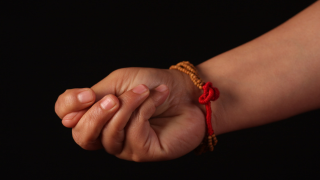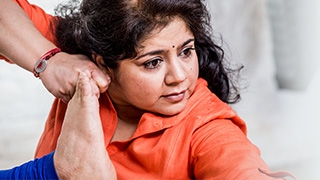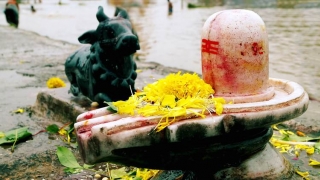
Surina Hasta Mudra – Bring on the Zzz!
We have all had those moments after an energizing evening, during times of transition, and for reasons we can’t even identify—times when we’re ready to sleep but sleep just won’t come.

![]() 3 minutes
3 minutes
There is some buzz going around the word Namaste...
I received many messages from my students asking about Namaste and the recent NPR post (NPR: "How 'Namaste' Flew Away From Us" )
First and most importantly: What does Namaste mean? I would highly recommend reviewing this post.
Just to jump-start this, I would like to say:
You don’t have to use Namaste as an official link to Yoga and the Yogis/Yoginis, you can be a true practitioner without using this phrase!
Why of "Namaste"
How of "Namaste"
To me, it is absolutely okay to use this greeting if all you are doing is:
I strongly feel Namaste is not okay:
My head bows in namaste to wisdom, the wise ones, those who who act gracefully in challenging situations, those who chose the difficult yet the righteous path, who invest in self-growth, who try no matter what, who are sincere in their pursuit, who show true valor in speaking their truth, the ones who share from experience and not just fear, belief, or texts, and to those who are genuinely humble. To them, I offer Namaste.
To Namaste or not - Who am I to tell you how to feel sacred, connect to people, and greet others as long as you remember its roots and purpose?
STAY IN TOUCH
Start your FREE subscription to Indu Arora's newsletter to get more on Yoga and Ayurveda here
Say hello on Instagram
Subscribe to my Youtube Channel.

We have all had those moments after an energizing evening, during times of transition, and for reasons we can’t even identify—times when we’re ready to sleep but sleep just won’t come.

Asana means to become that you which you are going to practice. It is not make believe, it is not mimicking, it is not performance, rigidity, adamancy, challenge or an accomplishment. 11 steps to do the abhyasa (practice) of an asana so that one may become that which one is practicing.

5 Simple practices for the Maha Shiva Ratri